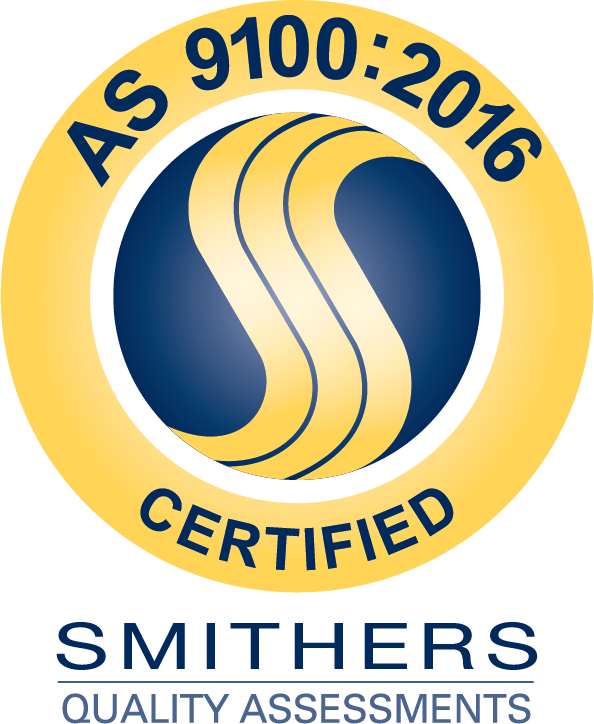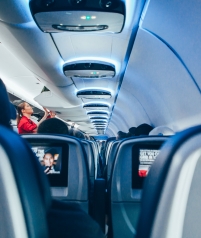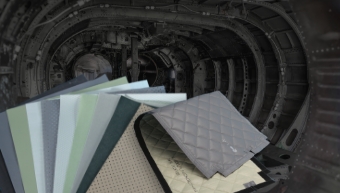The Science Behind Antimicrobial Protection
Antimicrobial materials in aircraft interiors utilize advanced technologies like silver ion to combat the growth of bacteria, mold, and mildew effectively. Silver ions are highly reactive atoms that, by losing an electron, become capable of attacking and disrupting the cellular processes of various pathogens. This interaction primarily targets the DNA and cellular proteins of microorganisms, hindering their ability to replicate and thus inhibiting the spread of infections.

Silver ion technology, leveraging its potent antimicrobial properties, integrates seamlessly into cabin materials such as seat covers, armrests, and other high-touch areas. This not only helps curb the proliferation of pathogens but also significantly enhances the durability and hygiene of interior surfaces by preventing microbial degradation.
The application of silver ions in aircraft interiors offers a dual benefit. Besides their direct antimicrobial action, these ions contribute to a broader spectrum of cleanliness by reducing the microbial load on surfaces. This is especially crucial in environments like aircraft cabins where space is confined, and the potential for microbial transmission is high.
The Impact of Antimicrobial Materials on Cabin Hygiene
The integration of antimicrobial materials into aircraft interiors is a crucial step toward ensuring passenger safety and health. These advanced materials work continuously to reduce the presence of harmful microbes, effectively lowering the risk of disease transmission on board. By focusing on cabin hygiene, airlines can provide a significantly safer flying experience.
Duracote enhances this safety feature by incorporating state-of-the-art antimicrobial protection technologies into their product range, aiming to set new standards in aircraft interior solutions.
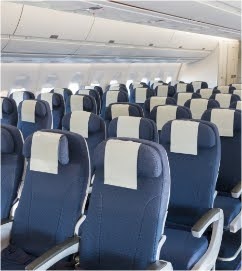
Duracote’s Innovations in Antimicrobial Aircraft Interior Materials

Duracote’s approach to aircraft interior safety and passenger health is highlighted through our innovative fabrics. Our capacity to infuse aircraft interior materials with antimicrobial properties ensures enhanced hygiene and complete compliance with stringent aircraft flammability specifications.
Duracote’s approach is centered on integrating antimicrobial technology seamlessly into the cabin’s environment without compromising safety or aesthetics. By embedding antimicrobial agents directly into the materials used throughout aircraft interiors—from wall panels and seating fabrics to carpets and overhead bins—Duracote helps reduce the presence of microbes that can lead to surface contamination and the spread of diseases. This integration is done thoughtfully, ensuring that all materials meet or exceed the rigorous flammability standards set by aviation authorities, providing peace of mind to both operators and passengers.
The Future of Aviation Antimicrobial Fabrics
As the demand for safer air travel increases, so does the development of antimicrobial fabrics. The next generation of aircraft interior materials will likely feature more advanced microbial resistance, utilizing cutting-edge technology to ensure greater effectiveness and durability. This evolution is expected to significantly boost the role of antimicrobial fabric manufacturers in the aviation sector.
Duracote is dedicated to remaining at the forefront of aviation safety products. We continually work to create new developmental products to ensure that passengers and crew are safe and healthy.
FAQs About Antimicrobial Materials
We understand you may still have questions about antimicrobial materials. To help you make a decision, we have answered a few of the most common questions we hear below.
What Does Antimicrobial Mean?
Antimicrobials include agents that either destroy or inhibit the growth of microorganisms, particularly pathogenic ones. This encompasses a wide range of agents such as antibacterials, antivirals, antifungals, and antiparasitics, which can prevent diseases caused by bacteria, viruses, fungi, and parasites, respectively.
How Do Antimicrobial Materials Work?
Antimicrobial materials work by incorporating specific agents like silver ions, which attack and disrupt critical cell functions in microorganisms, such as their ability to reproduce. This can effectively reduce the presence of harmful bacteria and viruses on surfaces, making them ideal for environments where hygiene is critical.
What Materials Are Antimicrobial?
In aircraft interiors, common antimicrobial materials include specialized fabrics and coatings that have been treated to possess germ-resistant properties. These materials are integrated into various cabin components, offering long-lasting protection against a wide range of microorganisms.
Are Antimicrobial Materials Safe for Passenger Contact?
Yes, antimicrobial materials used in aircraft are thoroughly tested to meet rigorous safety standards. These materials are designed to be safe for human contact while providing effective protection against microbes, ensuring both safety and comfort for passengers.
How Long Do Antimicrobial Properties Last?
The antimicrobial properties of treated materials are designed to last for the entire lifespan of the aircraft interior components. This durability ensures continuous protection against microorganisms, reducing the need for frequent replacements and maintenance.
Can Antimicrobial Materials Help Prevent the Spread of Viruses?
While antimicrobial materials are primarily effective against bacteria and fungi, they also contribute to reducing the viability of viruses on treated surfaces. This added layer of protection can help minimize the spread of infections, particularly in enclosed spaces like aircraft cabins.
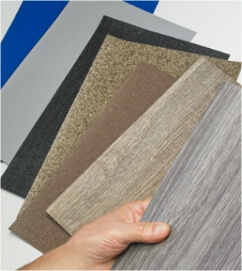
Trust Duracote For Your Antimicrobial Protection Needs
Interested in learning more about how antimicrobial solutions can enhance the safety and hygiene of your aircraft interiors? Visit our contact pageto get in touch with our team. Duracote is dedicated to providing cutting-edge materials that meet your specific needs, ensuring a safer and cleaner environment for every passenger.
